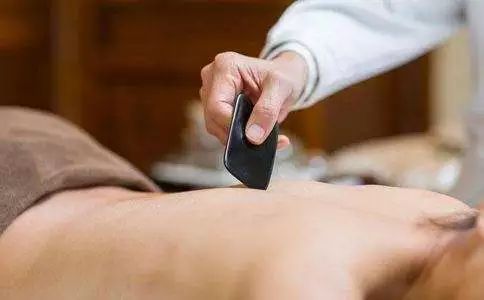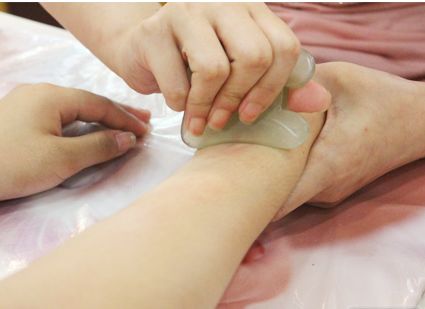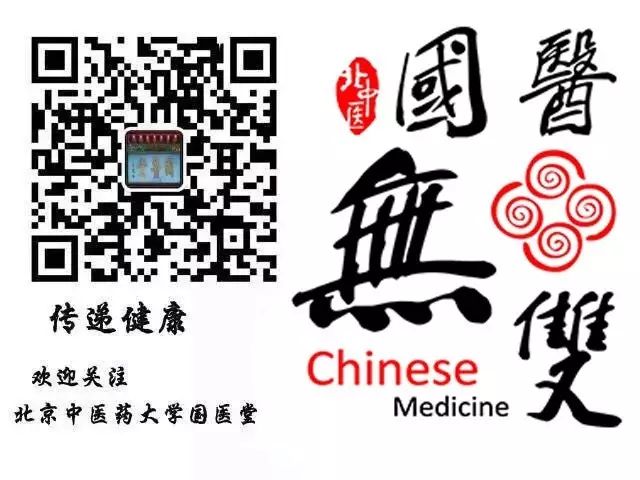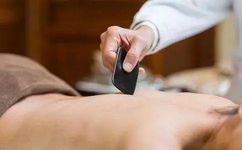Gua Sha is one of the traditional natural therapies in China, a valuable asset accumulated over thousands of years in the struggle against diseases. Guided by the fundamental theories of Traditional Chinese Medicine (TCM), it involves scraping the skin with tools made of materials such as buffalo horn or jade on relevant areas of the body, expanding capillaries and promoting blood circulation. This technique aims to relieve meridian blockages, invigorate blood flow, and is a simple, non-invasive green therapy that does not require injections or medications.

The origin of Gua Sha can be traced back to the Paleolithic era. Under harsh conditions, when people fell ill, they instinctively used their hands or stones to press and strike uncomfortable areas on their bodies, sometimes achieving symptom relief. Through continuous practice and exploration by later generations, this ancient method evolved into the Bian stone therapy, which is the precursor to Gua Sha therapy. With the ongoing refinement of TCM theories, Bian stone therapy gradually developed into the widely used Gua Sha therapy.
Gua Sha therapy advocates a “return to nature” approach, scraping the skin, meridians, and affected areas with a Gua Sha board to expel pathological factors obstructing the body’s meridians through the skin. This process stimulates the affected organs, tissues, and cells, allowing them to self-repair and self-regulate. Gua Sha therapy has no toxic side effects; it merely provides beneficial stimulation through scraping, continuously enhancing the body’s inherent disease resistance and immunity, thus achieving health maintenance and disease prevention.

Using the Gua Sha board on the surface of meridians and acupoints, scraping continues until red or purple petechiae appear. After scraping, the skin’s pores open, allowing the expulsion of Sha toxins from the body, gradually achieving the goal of eliminating pathogenic factors and curing diseases.
“Where there is blockage, there is pain; where there is flow, there is no pain.” Sha syndrome is a syndrome of obstruction and stasis caused by pathogenic factors affecting the meridians, primarily manifested as pain. The pathological basis for the appearance of petechiae is the state of obstruction and stasis in the meridians, which is also the main rationale for using Gua Sha therapy on the meridians.
By scraping localized areas, a thermal effect is generated, causing the microvessels and capillaries in the area to dilate, increasing blood volume and flow, which is beneficial for the repair, renewal, and functional recovery of damaged tissues, thereby re-establishing the therapeutic effect of aligning with the natural physiological cycle of the body.

The Effects of Gua Sha
1. Accurately Reflecting the Source of Illness
Through scraping, the skin produces various reactions, primarily changes in color (skin tone) and morphology. This phenomenon is referred to as “Sha.” After just a few minutes of scraping, any area with a source of illness may show light red spots, or in severe cases, dark purple patches, which may feel slightly obstructed upon touch. Therefore, the location and morphology of “Sha” have certain clinical significance for the diagnosis, treatment, and prognosis of diseases.
2. Pain Relief
When soft tissues in the body are injured and not treated promptly and effectively, adhesions of varying degrees may form, leading to pain and muscle tension. At this point, Gua Sha can be applied to the local area or corresponding acupoints. Gua Sha can regulate muscle contractions, relieve interstitial pressure, and simultaneously increase the temperature of the scraped area, promoting blood circulation in surrounding tissues, thereby alleviating local swelling and pain. Gua Sha can also stretch muscles and relieve muscle tension.

3. Detoxification
During Gua Sha, the pressure from the Gua Sha board forces harmful metabolic products accumulated in the body to seep out from the capillary walls, leading to significant congestion in the scraped area, forming “Sha.” Due to the high congestion in local tissues, the vascular nerves are stimulated, accelerating blood circulation and promoting the elimination of waste and toxins from the body, cleaning the internal environment and enhancing the body’s immunity, thus alleviating symptoms.
4. Enhancing Immunity
The process of producing “Sha” during Gua Sha involves gradual vasodilation leading to capillary rupture, resulting in blood extravasation and the formation of bruises in the skin. “Sha” can soon dissipate, thus facilitating self-hemolysis, which accelerates blood circulation in local tissues, enhances metabolism, improves nutritional status, and boosts the body’s immunity. Self-hemolysis can also regulate the balance between excitation and inhibition in the brain, maintaining the equilibrium of the endocrine system.

Gua Sha therapy has a wide circulation and application among the public, with many people accustomed to using this external treatment method for home health care and simple disease treatment, continuously expanding the range of tools and methods for Gua Sha therapy, leading to its broader popularization.
Written by: Tong Changqing
Edited by: Tong Changqing
References:
“Gua Sha for Common Diseases” Editorial Committee of Health Preservation and Disease Prevention
“Diagnosis in Traditional Chinese Medicine” (Revised Edition) Edited by Deng Tietao et al.


